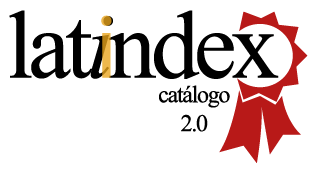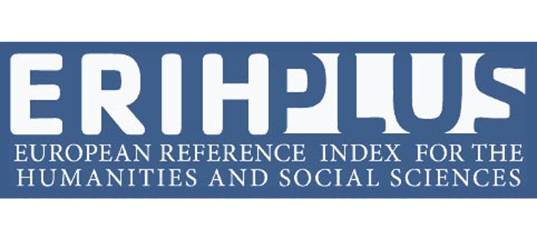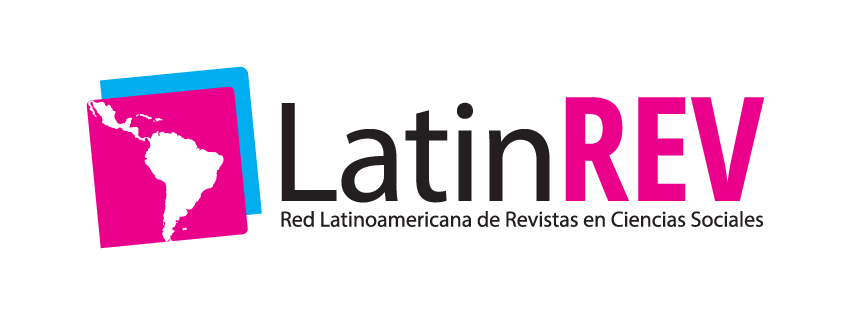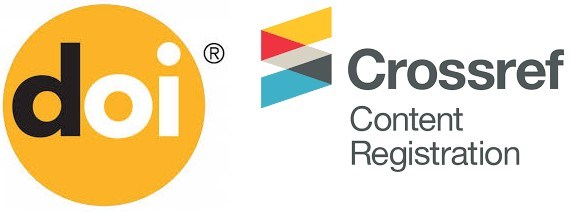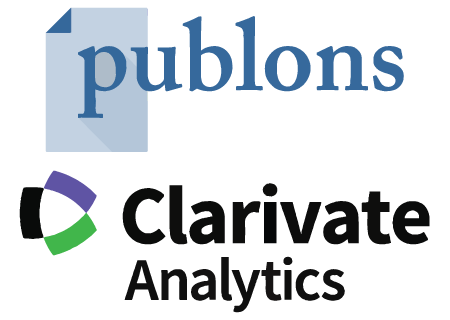Technological method of waste collection in the improvement of the maintenance of the beaches of Manabí
DOI:
https://doi.org/10.46480/esj.5.3.162Keywords:
Pollution, Cleaning, Methods, TechnologyAbstract
Waste collection methods are used to mitigate problems of accumulation or contamination caused by sources other than natural ones, whether conscious or unconscious generated by the human species. The pollution of the beaches in the modern era has accentuated a problem worldwide, affecting ecosystems and leaving irreversible consequences in some cases. The purpose of this work is to identify and evaluate the incidence of waste collection methods in the state of the beaches of Manabí. As a methodological technique, it was chosen to carry out field tests to verify the state of the beaches, as well as interviews and observation files as instruments for data collection of the cleaning methods applied. Results: The samples subjected to shaking tests showed considerable signs of contamination, leaving the methods used as inefficient, thus it is verified in parallel in interviews that the waste collection methods used lack technology. Research that detects the problem and the factors that affect the state of the beaches of Manabí, a fact that leaves doors open for the academy, together with technical research, to contribute to the solution of pollution through the generation of new technologies.
Downloads
References
Ambiente, M. d. (2019). 35 mil voluntarios recolectaron 122.810,5 kilogramos de desechos en Acción por el Planeta – 2019. Retrieved 20 de mayo de 2020 from https://www.ambiente.gob.ec/35-mil-voluntarios-recolectaron-122-8105-kilogramos-de-desechos-en-accion-por-el-planeta-2019/
AutoSolar. (2020). Operación de panel solar en zona ecuatoriana. https://autosolar.es/
Cañón, H. L. (2017). Propuesta piloto para incorporar a la comunidad local en la preservación del principal destino de playa del sector mediante el uso de la Tecnología Limpia Arena bajo criterios de educación ambiental. Caso: Playa Caribe-Estado Nueva Esparta [Para optar al Título de: Licenciado en Administración de Empresas Turísticas, Universidad Nueva Esparta]. Repositorio Institucional MiUneSpace. http://www.miunespace.une.edu.ve/jspui/bitstream/123456789/2967/1/TG5696.pdf
Coello, S., & Macías, R. (2006). Situación de la basura marina en Ecuador. Comisión Permanente del Pacífico Sur –Plan de Acción para la Protección del Medio Marino y Áreas Costeras del Pacífico Sudeste. Informe de Consultoría.
Dimas, J. J., Ortiz, D. D., & Ortega, G. O. (2016). “CONTAMINANTES EN EL AGUA DE LA PLAYA MANZANILLO DE ACAPULCO, GUERRERO Y LA OPINIÓN DE LOS TURISTAS”. AMECIDER – ITM. https://core.ac.uk/download/pdf/78392948.pdf
Ecoticias, R. (2017). Tecnologías innovadoras e inteligentes para la gestión de residuos. Retrieved 27 de septiembre de 2019 from https://www.ecoticias.com/especial-residuos-reciclaje-2017/175246/Tecnologias-innovadoras-e-inteligentes-para-la-gestion-de-residuos
Gambini, R., Palma, Y., Ricra, O., Vivas, G., & Vélez-Azañero, A. (2019). Cuantificación y caracterización de residuos sólidos en la playa San Pedro de Lurín, Lima, Perú. The Biologist, 17(1). http://revistas.unfv.edu.pe/index.php/rtb/article/viewFile/305/278
García, M. E. (2011). Modelo integral de la estructura móvil de una máquina limpia-playa. Revista Cubana de Ingeniería, 1(3), 67-72. http://rci.cujae.edu.cu/index.php/rci/article/viewFile/31/32
Graziani, P. (2018). Economía circular e innovación tecnológica en residuos sólidos: Oportunidades en América Latina. http://cdi.mecon.gov.ar/bases/docelec/az4041.pdf
Hernández, C., & Poot, C. A. (2017). Residuos sólidos generados en malecón turístico. Conciencia Tecnológica(53), 28-32. https://dialnet.unirioja.es/descarga/articulo/6407915.pdf
Montesdeoca, A. C., & Granja, A. V. (2014). Análisis del impacto sociaambiental en las playas del Ecuador, mediante la creación de una empresa de servicios para limpieza de playas [Tesis de grado para la obtención del título de Ingenieras en Negocios Internacionales, Universidad Internacional del Ecuador]. Repositorio Digital UIDE. https://repositorio.uide.edu.ec/bitstream/37000/35/1/T-UIDE-0004.pdf
Morillas, A. V., Salas, A. A. C., Zeferino, J. C. A., Piña, V. L. R., & Beltrán, M. (2020). Monitoreo de microplásticos en playas. ResearchGate. https://www.researchgate.net/profile/Alethia_Vazquez/publication/343322519_Monitoreo_de_microplasticos_en_playas/links/5f23027592851cd302c91997/Monitoreo-de-microplasticos-en-playas.pdf
Palacios, E. M. G., Galbarte, J. C. G., Cerezo, J. A. L., Luján, J. L., Gordillo, M. M., Osorio, C., & Valdés, C. (2001). Ciencia, Tecnología y Sociedad: una aproximación conceptual. Organización de Estados Iberoamericanos (OEI). http://ibercienciaoei.org/CTS.pdf
Paredes, G. C., & Salamea, L. E. (2015). Análisis para la implementación de un proyecto de limpieza y recolección mecanizada de desechos sólidos en las playas del cantón General Villamil, provincia del Guayas [Tesis de pregrado, Universidad de Guayaquil. ]. http://repositorio.ug.edu.ec/bitstream/redug/11131/1/Paredes.Salamea-TesisFinal.pdf
Telégrafo, E. (2019). 4 toneladas de basura se recogieron en limpieza de playas en primer semestre de 2019. EL TELÉGRAFO. https://www.eltelegrafo.com.ec/noticias/sociedad/6/basura-limpieza-playas
Published
Issue
Section
License
Authors retain the copyright of their articles and are therefore free to share, copy, distribute, perform, and publicly communicate their work on their personal websites or in institutional repositories after its publication in this journal, provided that full bibliographic information is given to acknowledge its original publication.




